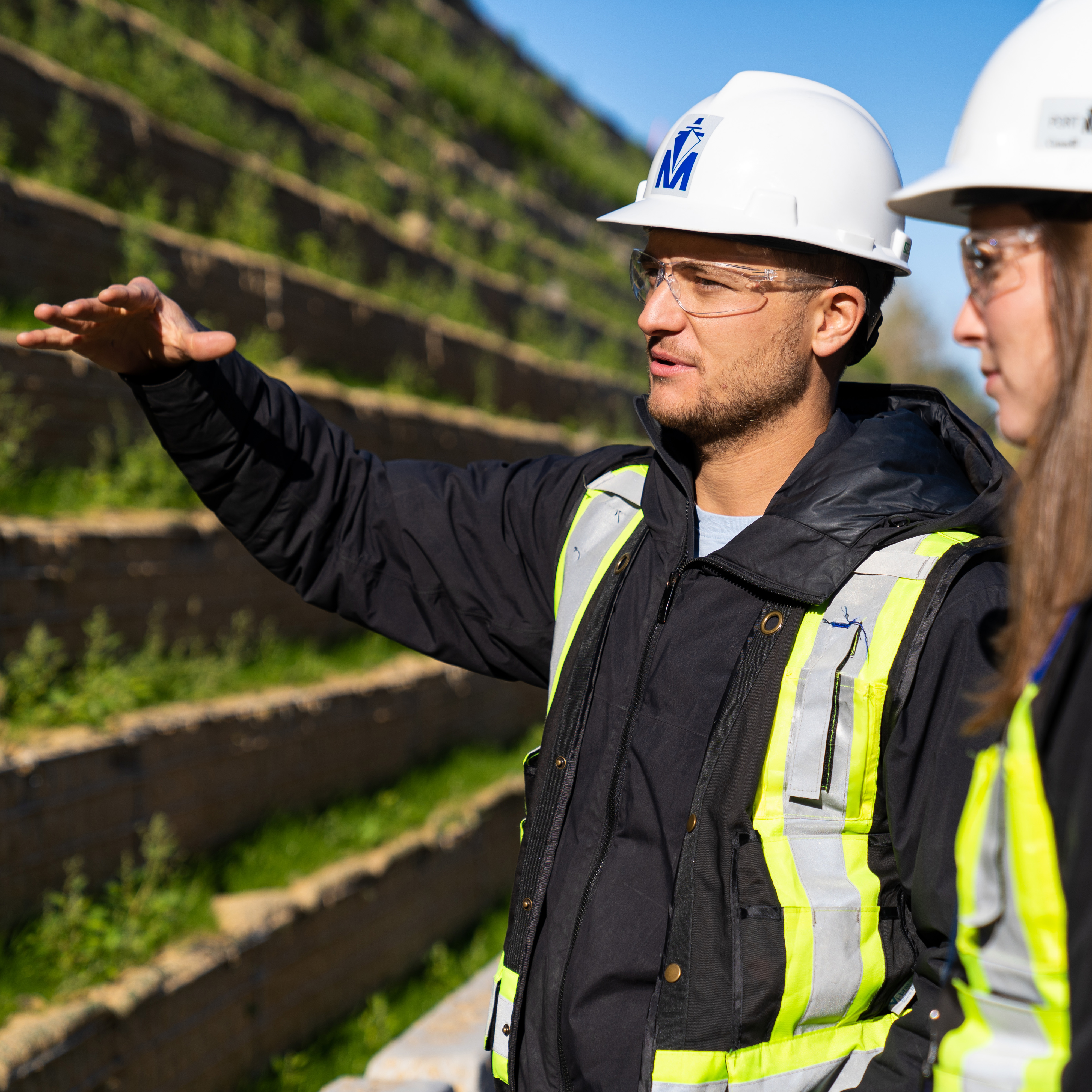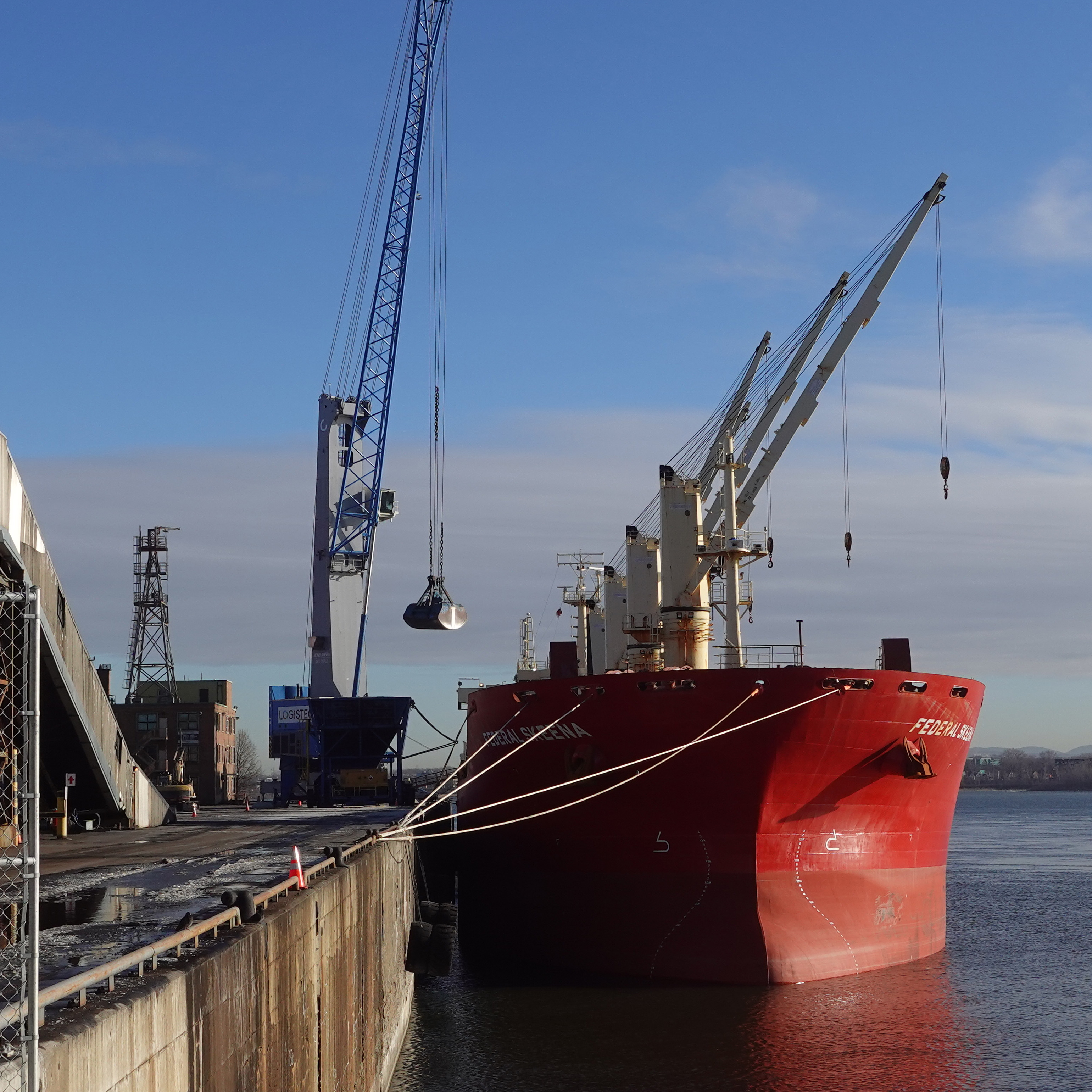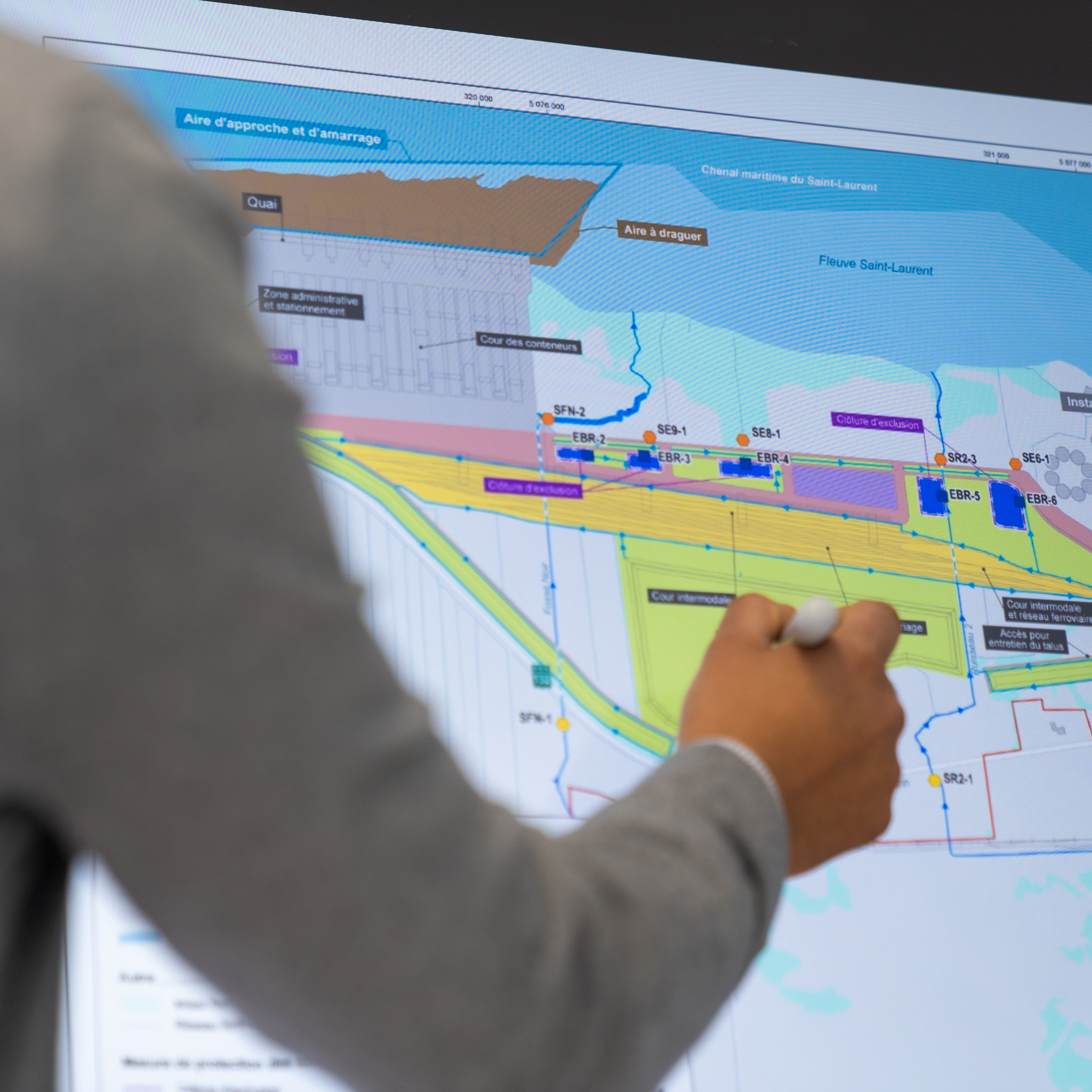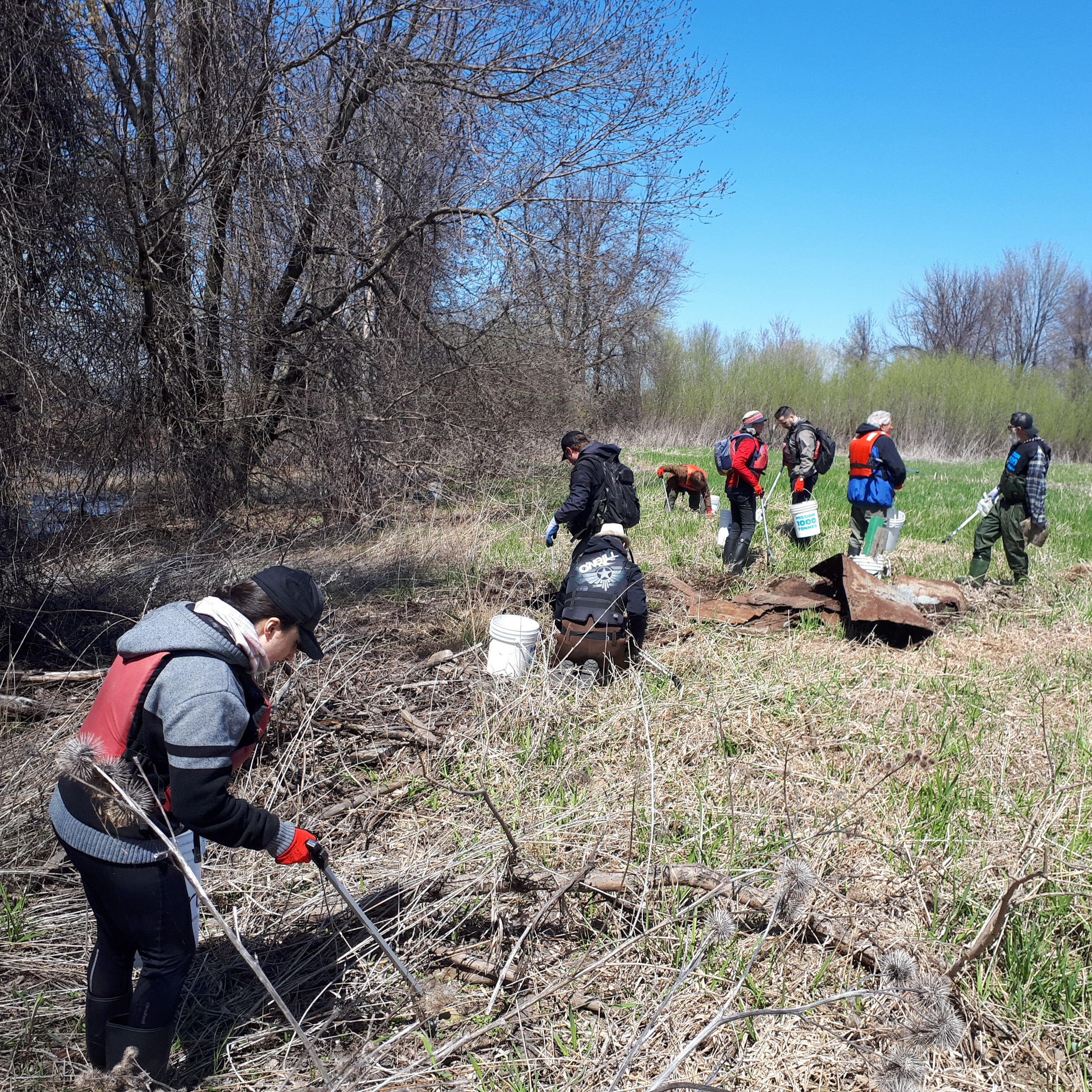Sustainable development


Far-reaching partnerships
The MPA is committed to the energy transition and the protection of biodiversity through both international and domestic strategic partnerships.
For the energy transition
The Port of Montreal announced its membership in the Getting to Zero coalition, which brings together more than 150 companies from the marine, energy, infrastructure and financial sectors. It works to decarbonize the shipping industry by commissioning zero-emission commercial vessels and developing carbon-neutral bunkering solutions.
The Port of Montreal has also joined the United Nations Global Compact, a global initiative aimed at developing, implementing and promoting best practices in corporate sustainability.
The Port of Montreal announced its membership in the Getting to Zero coalition, which brings together more than 150 companies from the marine, energy, infrastructure and financial sectors. It works to decarbonize the shipping industry by commissioning zero-emission commercial vessels and developing carbon-neutral bunkering solutions.
The Port of Montreal has also joined the United Nations Global Compact, a global initiative aimed at developing, implementing and promoting best practices in corporate sustainability.
To reaffirm and strengthen its commitment to protect nature, the Port of Montreal announced a contribution of $50,000/year for the next three years to the Space for Life Foundation’s Imperilled Species Fund.
Created to expedite conservation work and research on species at risk, this Fund will finance research projects targeting several plant and animal species in Greater Montreal’s natural ecosystem: the copper redhorse, the monarch butterfly, the chorus frog, the wood turtle and wild garlic. These projects will improve scientific knowledge with a view to evaluating, planning and implementing protective measures.
As part of COP15, the Port of Montreal also hosted eight days of events for the general public at the Grand Quay, which included activities, booths and conferences.

For decarbonizing shipping
The latest inventory of GHGs and air pollutants for Port territory as a whole, conducted in 2017, revealed a 22% decrease in intensity of GHG emissions per tonne of cargo handled since the reference year of 2010.
In 2022, the MPA recorded 3,098 tonnes of GHG (CO2e): 60% for locomotives, 15% for the vehicle fleet and 25% for buildings. This is a 33% decrease since the 2007 reference year. In terms of intensity per tonne handled, this is a 50% decrease since the 2007 reference year.

Environmental projects
For the past five years, the MPA has been a partner of the St. Lawrence Action Fund and its Marine Biodiversity Program, which focuses on projects to preserve, enhance, restore and raise awareness of the St. Lawrence River. The MPA supports several projects in the Montreal and Contrecœur region, including the protection of bird habitats, the preservation of wetlands and riparian strips with the Seigneuries priority intervention zone (ZIP) and Jacques-Cartier ZIP. A new shoreline restoration project on Île Bouchard, which is home to important wetlands, was also announced.
The Port of Montreal is also a partner in the freshwater aquatic invasive species monitoring program set up by the Department of Fisheries and Oceans Canada. In 2022, the MPA conducted three sampling campaigns in Montreal and Contrecœur.
Three hydrodynamic separators were added as well. Used to reduce the discharge of suspended solids and hydrocarbons into the river, this brought the total number of separators on MPA territory to 35.
All summer long, an educational awareness project on the protection of the copper redhorse was conducted in collaboration with the Seigneuries ZIP in Repentigny, Lavaltrie, Lanoraie, Varennes, Verchères and Contrecœur. Team members of the ZIP committee were on hand at the boat ramps to share tips and information with boaters and passers-by.
The MPA also authorized the Fédération de l’Union des producteurs agricoles de la Montérégie (UPA Montérégie), a branch of the provincial farmers' union headquartered in the South Shore region of Montreal, to conduct an intervention program on agricultural practices along the Ruisseau Bergeron watershed near the Richelieu River, upstream from a copper redhorse spawning site. The program is aimed at improving water quality and shoreline management to foster a habitat conducive to the survival and development of this fish species, given that the Richelieu River is the only river where it is known to spawn.
The artificial nesting boxes built in Contrecœur for bank swallows are very popular. The 2022 inventory found that out of the 1,297 available nesting boxes, 995 were in use, an occupancy rate approaching 77%. A total of 492 nests were confirmed.
Six bat nesting boxes were installed near the Contrecœur expansion project site to conduct a comparative study with the condos installed in 2021. The objective was to meet the resting and breeding needs of the six at-risk species of bats likely to be present on this territory. Acoustic monitoring and annual maintenance of the standard nesting boxes and condominiums will be conducted annually to document their use.